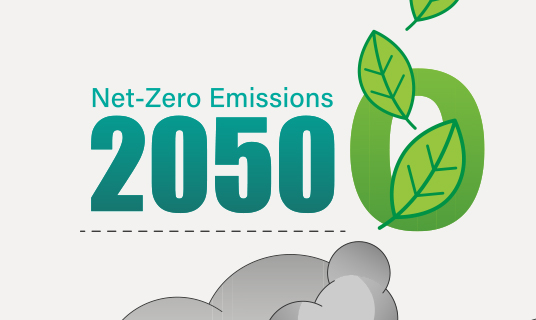Let the public sector lead the way
It was with open arms that LHC; the contracting authority for SWPA, and all our local authority partners welcomed the announcement back in March of the Government’s Industrial Decarbonisation Strategy and, particularly, the confirmed funding for over 400 projects across England to reduce carbon emissions from public buildings.
The Public Sector Decarbonisation Fund, as it’s known, provides grants to local authorities and other public bodies for low carbon heating and energy efficiency measures in public sector buildings such as hospitals, schools and council buildings. Phase one saw £932 million allocated to 429 projects, including major initiatives in Manchester, Leicester, Hertfordshire and Hull.
Phase two of the Fund opened for applications on 7 April. But less than a week later it closed again, already over-subscribed with bids totalling more than £150 million. With just £75 million available for this phase, somebody right now is having to make some very difficult decisions.
What was particularly interesting about phase two of the Fund was the increased focus on heat decarbonisation and taking a ‘whole building’ approach.
To be eligible for the scheme, and in addition to previous requirements, applicants had to confirm that fossil-fuelled heating systems were coming to the end of their natural life, and therefore could qualify for grant funding for a new low carbon heating solution. Applicants had to include, as part of their application, at least one measure that decarbonises part or all the heating within a building.
All projects funded in phase two also have to be completed by 31 March next year.
As Salix, the delivery partner for the scheme, explained: “This scheme puts the public sector at the forefront of decarbonising buildings in the UK and in a leadership role to create exemplar projects in our communities that pave the way to help the UK meet its Carbon Budgets and Net Zero commitments.”
Indeed, with the announcement of the Government’s hugely ambitious Sixth Carbon Budget just this week, such leadership is needed urgently if we’re to slash emissions by 78% by 2035, given that the country’s building stock accounts for around 34% of our greenhouse gases.
However, the problem remains that the sector is seriously lacking in the skills and capacity to be able to deliver on these grand ambitions. There are not enough boots on the ground, and with low carbon technologies only being purchased in fits and starts and at small scale, they tend to be financially out of reach for many.
Fortunately, the public sector is perfectly placed to take up this leadership role, and help develop solutions to these issues.
With swathes of public buildings, health and education estates and social housing requiring green retrofit, a robust and long-term pipeline of work is ready and waiting. The money invested through local authorities will imbue suppliers with the confidence they need to invest in the staff, skills and technologies required; manufacturers will start to produce more of the clean heating and other green measures needed, leading to economies of scale and driving down the cost for others; and all of this will happen at the local level, with SMEs supported to boost employment in their region.
My hope is this is the start of a long-term, strategic investment in retrofit and decarbonisation that’s so desperately needed. Until now we have had a mix of stop-start policy, particularly in the residential sector, that does nothing to help the industry gear up for the delivery of net zero – such as the short-lived voucher scheme for private homeowners and landlords under the Green Homes Grant. The public sector version of this scheme, on the other hand, is still going strong and working well.
We need to be investigating and investing in a mix of technologies and measures, to ensure every building in its own unique setting and circumstances can receive the most appropriate solutions to improve its energy efficiency.
This is a challenge I believe the public sector can rise to, and it’s an approach that LHC, with more than three decades of expertise in the sector, has recognised is necessary for a truly sustainable drive for net zero. Our Energy Efficiency Measures and Associated Works (N8) framework was designed with an array of measures in mind, while the complementary Energy Efficiency Consultancy Services (N8C) framework provides experts who can assess and plan strategies to achieve a whole-building approach with effective interlinking of technologies for the best outcomes.
So while the Sixth Carbon Budget, and net zero by 2050, feel like extreme stretch goals, I’m confident that with the public sector leading the way we can make great strides in building a green industry fit for the job.


